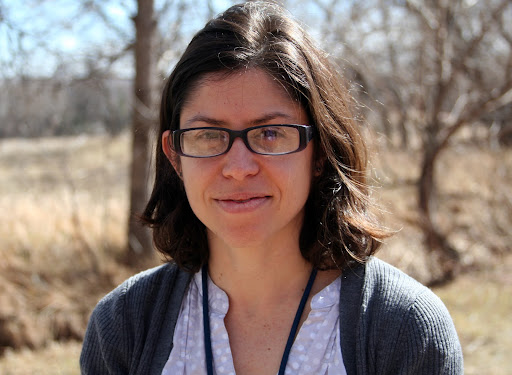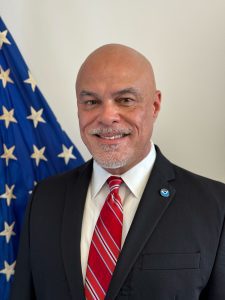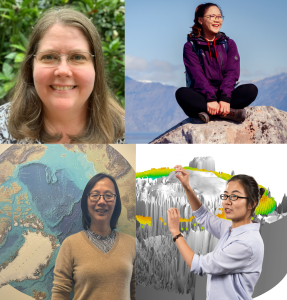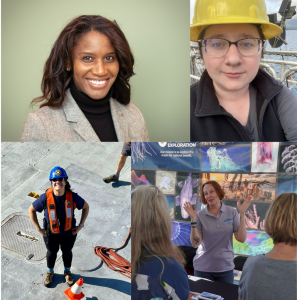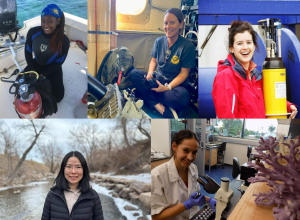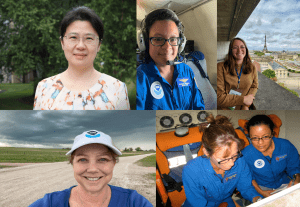To celebrate Women’s History Month, we asked women throughout NOAA Research who make lasting impacts in scientific research, leadership, and support from the field to the office to share how their work contributes to NOAA’s mission of Climate Resilience and preparing for a Climate-Ready Nation. This article highlights an interview with Juliana Dias, a research scientist in the Atmosphere-Ocean Processes and Predictability Division at NOAA’s Physical Sciences Laboratory (PSL). Juliana’s research is focused on investigating the role of tropical-extratropical exchanges on climate variability and predictability.
Our conversation follows:
What does climate resilience or climate-ready nation mean to you? What would you want people to know about NOAA’s work on climate resilience?
In my research, climate resilience and developing a climate-ready nation means that we are continuously improving our understanding of the physical processes controlling climate variability and predictability, which can then guide a framework for predicting natural disasters. This view is in line with NOAA’s goal of building a Climate-Ready Nation by supporting research and development addressing climate and weather challenges. NOAA plays a key role in facilitating the transition of research and development to operations, and applications to support long-term decision making.
What projects or research are you working on now, and how does your work contribute to climate resilience?
My work involves identifying physical processes related to tropical clouds and rainfall that impact weather and climate predictions. I use observational datasets collected by colleagues at NOAA to better understand physical processes that occur on scales smaller than NOAA's weather and climate models spatial resolution. I then use this knowledge to help improve the simulation of tropical-extratropical interactions that are important for weather and climate predictions. This work contributes to short and long term climate resilience by advancing our ability to predict weather events at longer lead times, while also improving our confidence in model-based climate projections of how the frequency and intensity of climate phenomena will change in the future.
What drew you to your current career or field?
My career choice is the product of a long road that ends where I started. Both my parents are atmospheric scientists and I knew I was going to be a scientist before I could read and write. The main question for me was what kind of scientist I wanted to be, which ranged from civil engineer to applied mathematician and ended at atmospheric scientist. The common theme of these career paths was a strong desire to understand how the physical world works – from strength of materials to weather and climate. The decision to transition into atmospheric sciences was a mix of familiarity because of my parents’ careers and serendipity. I love that I can do research that allows me to continue to learn and grow as a scientist but also contributes to society.
Who do you look to as a role model and why?
My parents will likely always be my role models, each in their own way. My father's scientific curiosity has been a huge source of inspiration. My mother is surely my role model in her ability to fulfill the many roles that a scientist plays as a researcher, manager and mentor. Together they taught me the importance of figuring out the work-life balance that works for me.
Over the course of your career, what changes or progress have you seen for women in science and the workplace?
I think over the last twenty years people are generally much more conscious about implicit biases in science, particularly with respect to women's roles. For example, I see huge progress on NOAA hiring committees being more diverse, which has likely contributed to the growing diversity in federal hires. I also feel like people are a lot less shy about speaking up when gender biases are clearly at play.
What gives you hope, either with regard to science, your field in NOAA, or in general?
What gives me hope with respect to climate resilience is watching how the younger generations care about our planet, from being hyper conscious about recycling to looking for more sustainable ways of living.
Special thanks to Juliana Dias for participating in this interview for Women’s History Month at NOAA.
